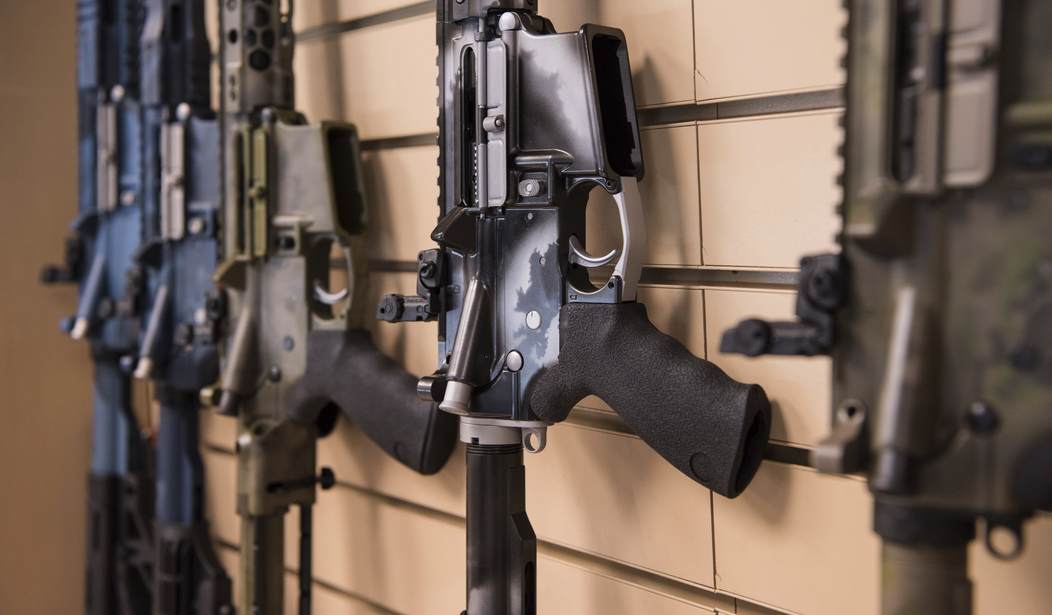Justice Clarence Thomas, among others, has referred to our Second Amendment rights as being “second-class” rights. Namely, they’re treated as if they are somehow worthy of restrictions we would accept on no other right protected by our Constitution. While guns and speech are different, our right to use both are enshrined and protected by the highest law in the land.
A prime example of how people think this can be seen in an opinion piece at CNN:
This fall, the US Supreme Court will decide New York State Rifle and Pistol Association v. Kevin Bruen, a case that may result in vastly expanded rights to carry firearms in public. In doing so, the Court will need to grapple with a key question that, until now, has been left unanswered in the Second Amendment debate: Are there any limits to the type of firearm that can be carried outside of the home?
In the pivotal 2008 case District of Columbia v. Heller — which recognized the Second Amendment as an individual right to own a gun at home for self-defense — the Court admitted the existence of different categories of weapons, while conceding that “dangerous or unusual weapons” could be regulated. But it did not define what constitutes a “dangerous or unusual” weapon, nor recognize that there are different degrees of danger within the category of firearms.
To date, the legal debate over the Second Amendment has largely assumed that gun technology unfolds over time according to a single, linear logic, from the colonial flintlock musket to the modern AR-15. Yet the lethality of modern firearms has grown exponentially since the mid-1800s — and this must be taken into account when considering the constitutionality of firearms regulation in a post-Heller world.
Wrong.
If we are going to determine rights based on what existed in the Founders’ day, then be prepared for restrictions on any news not in physical print form, restrictions on what you can say on the internet, no faith being permitted that didn’t exist before the third quarter of the 18th century, and so on.
A weapons’ “lethality” is nothing more than an attempt to justify regulations that are expressly forbidden by the Constitution and the author knows this.
Yes, Heller carved an exception for “Dangerous or unusual” firearms, but that was so as to preserve existing restrictions on things like machine guns and Hellfire missiles, not AR-15s or semi-automatic handguns.
And no one is assuming that gun technology unfolds on any linear path. Especially anyone familiar with firearms. Yet the author’s claim of some exponential increase since the mid-1800s is interesting. After all, it wasn’t all that long after that when several people developed their first semi-automatic handguns. These continued with designs like the Mauser C-96 “Broomhandle” pistol and even the famous Luger handgun, neither of which were particularly close to the first models but both existing before the 20th century.
Since then, handguns, in particular, have made remarkably little advancement, especially since John Moses Browning developed the 1911. Sure, there have been some, but most of it has been tweaks on the original concept rather than any quantum leaps forward.
Semiautomatic rifles also existed prior to the 20th Century as well, and while there has been some refinement with regard to accepting magazines and such, the basic system is nothing new.
In other words, the author picked a period right before the Civil War when weapons design entered its renaissance and then ignores the relative stagnation since then. Hell, even the much-vilified AR-15 is essentially a design developed in the late 1950s.
So where is this quantum leap in lethality the author speaks of? It’s certainly not because there’s been this huge, major jump in arms development.
Of course, there isn’t any such thing. What’s more, I suspect the author knows it. She’s just hoping you won’t. See, if you accept that guns are just becoming more and more lethal with each passing year, you may be willing to accept that regulation is needed. So, she’s telling you what she thinks you need to hear to come around to her point of view.
Yet the problem with that is that it’s predicated on the idea that our rights exist only until technology somehow makes those rights inconvenient. Again, if that is true then the same argument can and should be applied to all other rights enumerated in the Constitution. Frankly, I’m not willing to accept that, nor should any other sensible person.
The irresponsible use of guns may cause issues, but so does the irresponsible use of words.








Join the conversation as a VIP Member